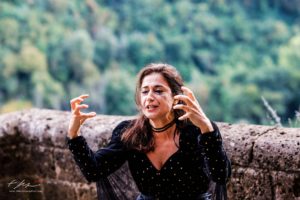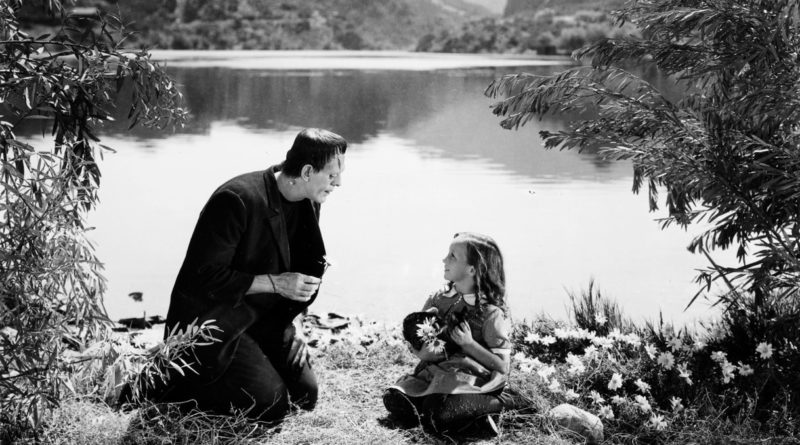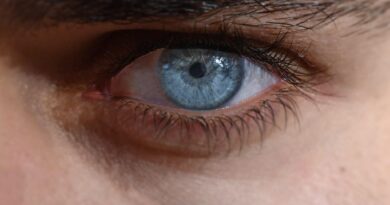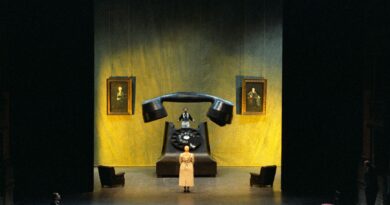Frankenstein: the ‘Creature’ of Mary Shelley’s Gothic Nightmares
The story of Frankenstein tells about love, power and responsibility and is known wordwide, but what many don’t know is that behind the story of the monster there is that of an extraordinary young lady: Mary Shelley escaped at the age of sixteen from home for love. She was pregnant and Mary was pregnant, and that caused her father’s anger.
Mary Shelley was a rebellious, intelligent and independent-minded girl for those times. Her mother was the famous feminist and revolutionary Mary Wollstonecraft, who died giving birth to her, therefore Mary was raised by her father, the philosopher William Godwin, one of the first exponents of utilitarianism and the first modern proponent of anarchism. The relationship with his talented daughter was very conflictual. Mary’s extraordinary talents were later supported and encouraged by her husband, the poet Percy Bysshe Shelley.
In the summer of 1816, Mary spent her holiday at Lake Geneva with her beloved half-sister Claire, born of William Godwin’s second marriage to Mary Jane Clairmont, her husbund Percy Shelley, her friends Lord Byron and John William Polidori. One rainy day, Lord Byron proposed to his distinguished holiday companions to try to write a horror story, in order to relieve the boredom. On this very occasion Mary had the intuition of the monster that inspired her for the first draft of Frankenstein.
Mary published the novel anonymously in 1818, the critics attributed it to her husband Percy Shelley, so Mary had to impose herself to convince the public and the critics that she was actually the author of Frankenstein, which is not only a horror novel, it is also the distressing metamorphosis of Mary’s nightmares, that plagued her during her childhood. The ‘Creature‘ still represents the different, the rejected, the unloved, as well as being a metaphor for the arrogance of man, who tries to manipulate life in a vain attempt to defeat death.
The show “Io, la Creatura: Mary Shelley” is written and performed by Paola Tarantino, directed and with the mimographie by Sara Ercoli. The opening night will be Thursday, January 24 at 9 pm at the Teatro di Documenti, via Nicola Zabaglia, 42, Rome. The show will be repeated Friday 25 and Saturday 26 at 9 pm and Sunday 27 at 6 pm.

Director’s notes
Who is Mary Shelley? What is her story? What was she afraid of?
Mary’s life began with a denied maternal embrace, with her mother dying in childbirth, but fate was very cruel to Mary, who had five pregnancies and only one surviving child. Those who survive their loved ones feel weighed down by guilt. Mary is a sort of survivor, but surviving is not enough for a brilliant mind like hers. In a world where intellectual women were perceived as dangerous, Mary desperately wanted to establish herself as a writer, with the tenacious courage that a life marked by abandonment and rejection requires. The urgency to exist by communicating is the only antidote to the guilt of being alive. With her monologue Mary invites us into her inner world, populated by ghosts with whom she has made friends and monsters generated by a young girl who is not afraid of darkness and monstrosity. Mary opposes a faceless God with her creative gesture, walking with a brisk pace on a dark land, generous but ruthless at the same time, on the fragments of her mourned dear ones and on places she is attached to, generating life from the hated but familiar death.
Dramaturgical notes
For over 200 years Mary Shelly’s personal story has gone unnoticed by the general public, although she wrote Frankenstein when she was young, at the age of 19, revealing her darkest nightmares, showing us the ghosts that animated her nights as an orphan child, bringing together the souls of all orphans in a single body, spiritually torn apart by rejection and abandonment. Mary is a ‘good’ witch, who brings us in front of the mirror of our deepest abysses, cures us from fear for our inner and outer deformities. Mary is a lonely child, who gets rid of stereotypes and interprets our primitive emotions. Mary is a nineteenth century woman with the awareness of being a writer and, before that, an explorer of the human soul, who struggles to assert her role in the masculinist and closed society of her time. An example for all women, who today struggle in societies that still do not recognize an equal role to women and even for women who belong to contemporary societies where, in spite of laws, there are still prejudices and discrimination towards them.
_______________________________________________________________________________________________________________
Photo Credits
Featured image: set photo of the movie Frankenstein (1931), directed by James Whale and with Boris Karloff
Inside the article: © Fabrizio Segatori
Read the review of Lovecraft Tales: a Journey into Pure Horror





Comments are closed.